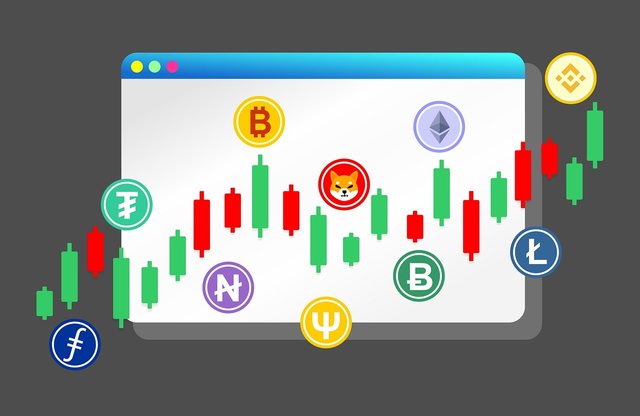Tokenomics Uncovered: The Advanced Framework Behind Why Some Digital Assets Hold Long-Term Value and Others Collapse
With the development of cryptocurrencies, tokenomics has become one of the most significant concepts which predetermine the success or failure of a project. When people refer to tokenomics, they are actually referring to the economic design of a digital token, or how it is produced, distributed and utilized in its ecosystem. Most individuals purchase crypto coins without knowing about the tokenomics of the coins, and it usually results in frustration at the project failure. I have experienced the way in which the shape of a token may cause it to develop or crash during the night.
Sound tokenomics begins with the right cause. Each token has to have a purpose to it other than hype or guessing. Such tokens that have a real purpose, such as the payment of transaction fees, user rewards or governance power are more likely to endure. To illustrate, ETH, the currency of Ethereum is required to transact in their network, and that does confer it with actual needs. Conversely, a large number of meme coins are minted with the sole purpose of fun or easy money and since they are not useful, they tend to be devalued rather easily.
Supply and demand is also another important consideration. Projects that have a wise supply of the tokens tend to be more successful. The price will decrease when the quantity of tokens in circulation is too high and the demand is low. To make the projects smarter, they add token-burning schemes or overall supply can be restricted to create a sense of scarcity. Being a Nigerian and a follower of the crypto market, I have observed that investors are more interested in the projects where the model of tokens supply is sustainable.
The distribution is also significant. When a small number of people possess a majority of the tokens (a phenomenon referred to as whales) they are able to easily manipulate the market. Fair launch, i.e. distribution of tokens among the community, generates greater trust and stability. A lot of projects that failed were the ones where project developers or initial investors sold their tokens to citizens.
Finally, there is the issue of community and governance. User loyalty is more likely to be created through tokens that enable their owners to make a decision on projects. Whenever citizens feel belonging to the system they tend to endorse and advocate the system.
To sum up, tokenomics is not a mere technical term, but it is the core of any digital asset. The ones that have a definite purpose, regulated supply, equitable allocation and community involvement can successfully pass the test of time. Even the greatest marketing and hype cannot retrieve a token in the absence of these.
.jpg)
This is an informative post. I know a great knowledge from the post.